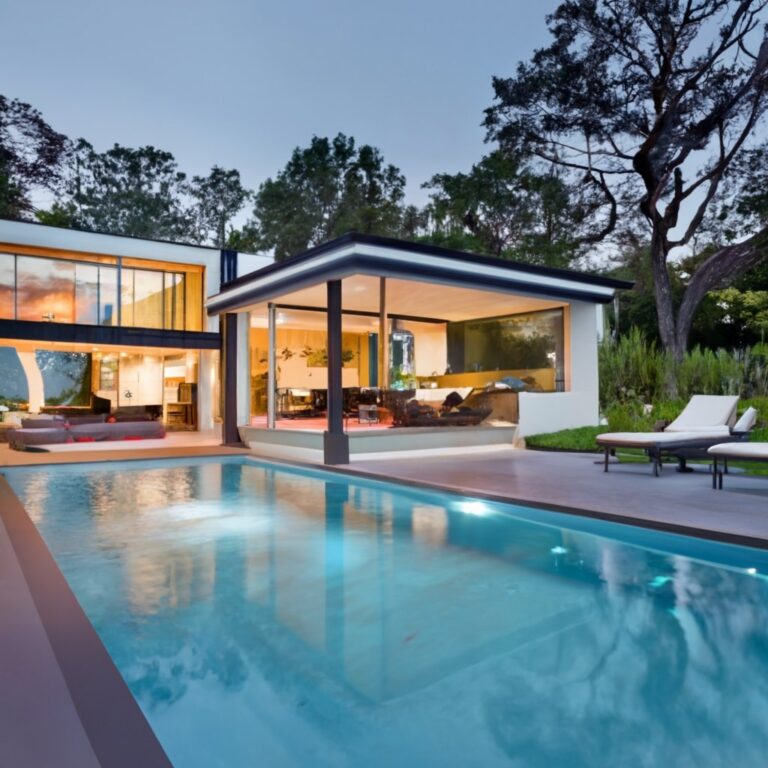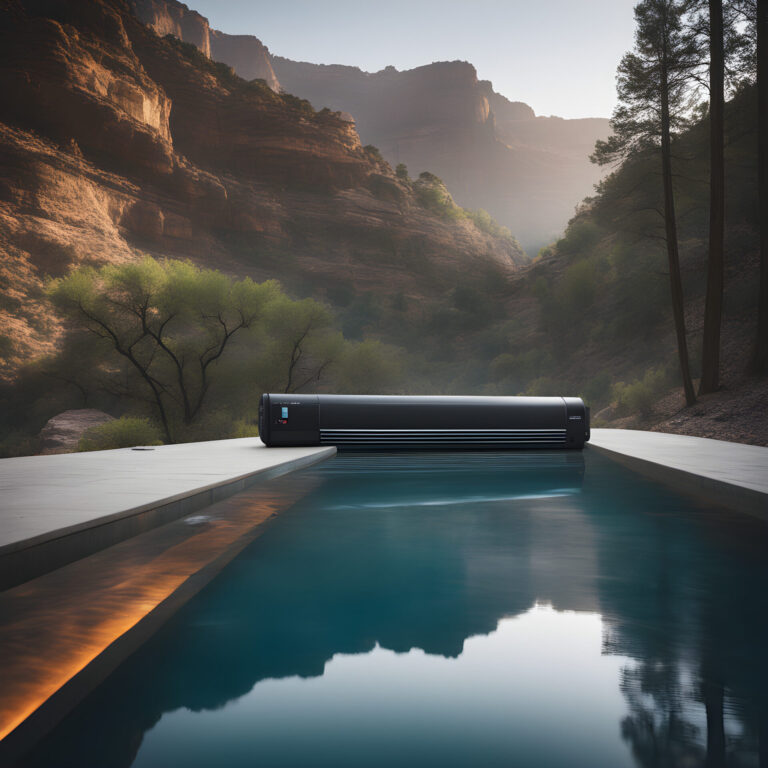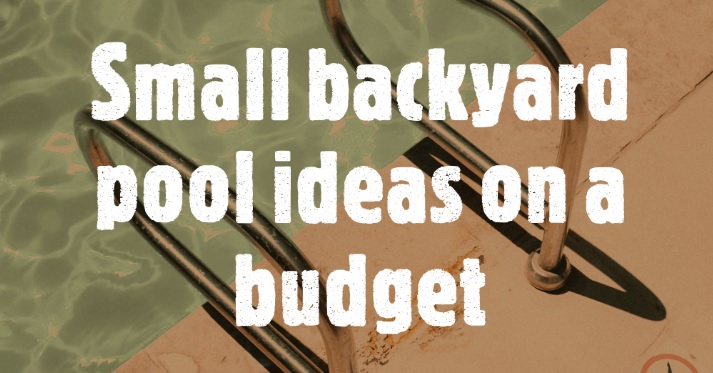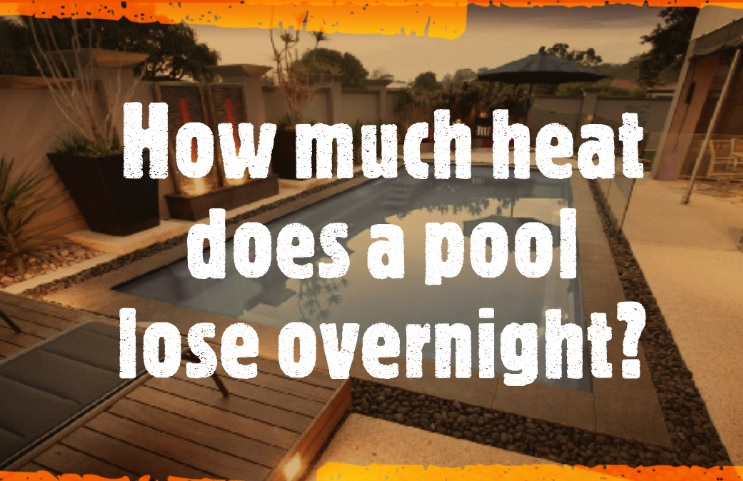How warm does a solar heated pool get
If you live in a sunny place and you have a pool, why not use solar energy to heat it? It’s a great idea. A warm swimming pool can be the perfect escape on a chilly day. But there are some factors that you need to consider if you want to make sure your solar heated pool works well for years to come. So, in this article, we will discuss How warm does a solar heated pool get.
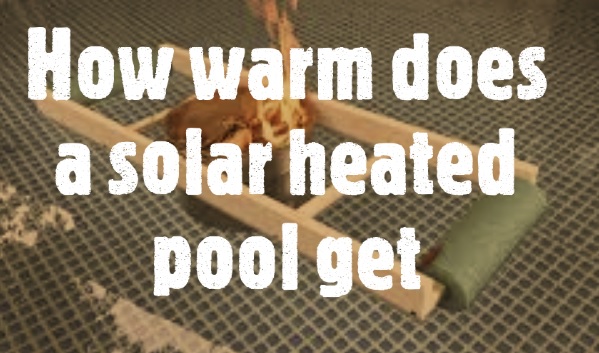
Even if you have a solar-heated pool, it might not be warm enough to swim in when you want to
If you have a solar heated pool, you need to know how warm a solar-heated pool gets, but it might not get warm enough for swimmers to enjoy. Pools need to be at least 68 degrees Fahrenheit (20 degrees Celsius) for swimmers to enjoy them. If your pool heater isn’t working or the weather is cloudy, you’ll need another way to keep the water warmer.
There are two ways that you can make your cold-water swimming experience more enjoyable: with a pool blanket or cover and with a heat pump. A pool blanket traps heat under water and keeps it from escaping into the air so quickly. Heat pumps draw in cooler air around them and then use electricity as fuel to heat that air up before pumping it back into your home’s interior through ducts built into the wall between rooms; this will keep both rooms warm while also heating water pipes running through those walls at the same time—which means no separate heating source needed!
The pool will get warmer when the weather is warmer
When the sun is out, your solar heated pool will heat up. When you’re swimming in it, this means that you have to wear a shirt or a bathing suit (or both). But if it’s winter and you’re not swimming in your pool… well, then you can’t really use it as an indoor swimming hole! The water won’t be warm enough to float around in without freezing your extremities off.
That said, it’s pretty awesome that solar heating works so well!
There are ways to keep the pool warmer for longer
It’s important to remember that there are ways of keeping a solar pool warmer for longer. These include:
- Using a solar cover to trap heat in the water, as well as keeping out unwanted debris. A cover can be removed when you want it warmer and put back on when you don’t have time to enjoy yourself!
- Installing a pool blanket to keep the water warm longer – this is like having an extra layer of protection between your skin and the cold air around your pool. It won’t keep snow off your lawn though…
- Using a pool heater will instantly raise the temperature of your water by several degrees in just minutes, but they’re expensive depending on how big they are!
The heater can be more efficient if it’s in a sunny spot
The solar panels on your pool heater absorb sunlight and convert it into heat, which then warms up the water in your pool. The more direct and intense the sunlight is, the faster this process happens. So, in order to get the best performance, you should know how maximum it can get warm. In general, you’ll find that:
- Your heater will work faster if it’s in a sunny spot.
- The sun is most intense at higher altitudes and latitudes; so if you live near sea level or close to the equator, your heater will be slower than one installed in Denver or Seattle (where they get less cloud cover).
- Summer days tend to be longer than winter ones; so if you live north of 35° latitude (in places like Alaska), your heater may need supplemental heating during shorter winter days.
You can make your own solar heating system out of common materials.
You can make your own solar heating system out of common materials!
The first step is to get a large box. You can use any kind of box, but the bigger it is, the easier the process will be. Next, cut a hole in the top big enough for you to stick your head through and see outside without having to crouch down too much when you are swimming inside of your new pool heater. The size depends on how far away from ground level you have access to; if it’s high up on a wall, then make it bigger so that even tall people can swim comfortably inside!
Next comes insulation: This ensures that heat doesn’t escape through cracks or other holes in our solar heater project while we’re using it as an indoor pool during winter months (or anytime else!). Cut pieces out of foam core board or heavy cardboard (such as cereal boxes) so they fit snugly into each corner between walls and ceiling when placed directly overtop each other like puzzle pieces; remember that these need not overlap but just touch one another so there’s less chance for air gaps where cold air could escape from underneath them once filled with water later on during summertime usage scenarios.”
Solar heated pools can work, but they need time and some planning.
When you first begin to think about heating a pool, it can seem like a daunting task. But do not worry! There are a lot of different ways to heat your pool and they each have their own benefits and downsides. In this article, we’ll go over the pros and cons of solar heated pools so that you can make an educated decision about which type of pool heater best fits your needs.
Solar Heated Pools
Conclusion: How warm does a solar-heated pool get
I hope that this article has given you a better idea of what it’s like to have a solar heated pool. As I mentioned before, the main drawback is that it takes time for the water to warm up. But there are ways to make this process faster and more efficient—and even if you don’t want or need something like this right now, it’s good information to keep in mind if you ever decide to build one!

